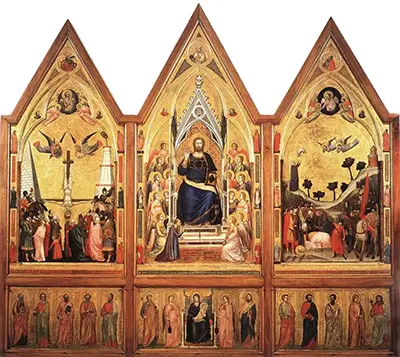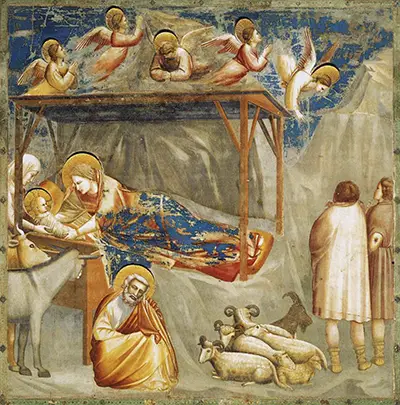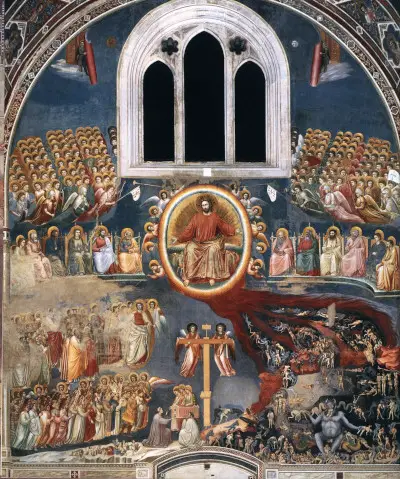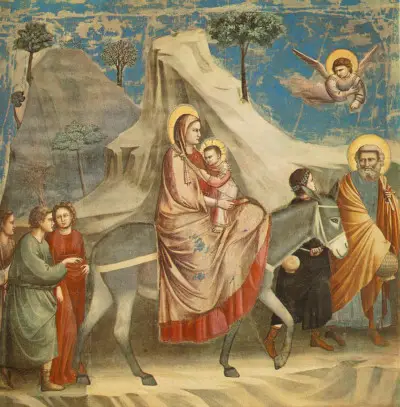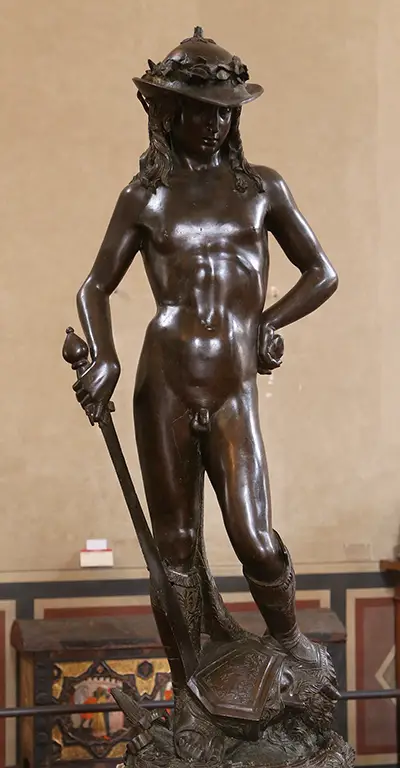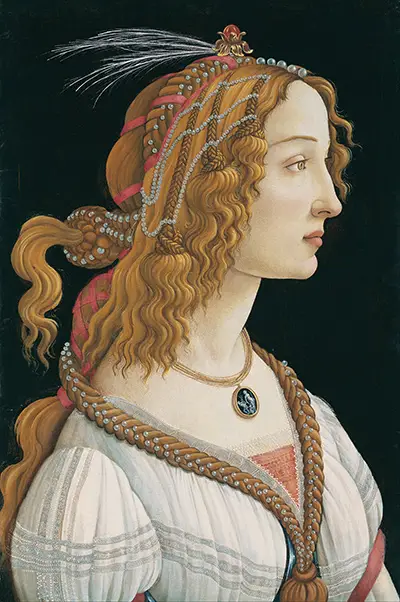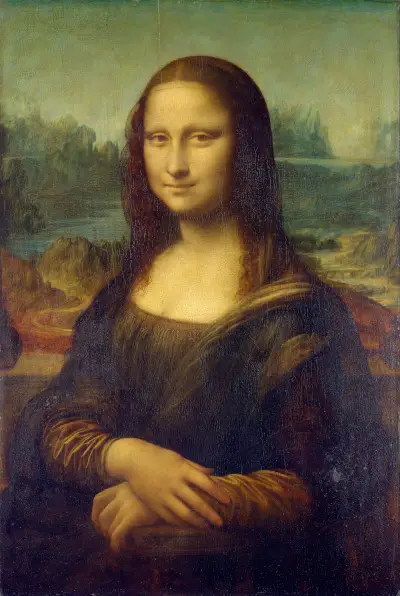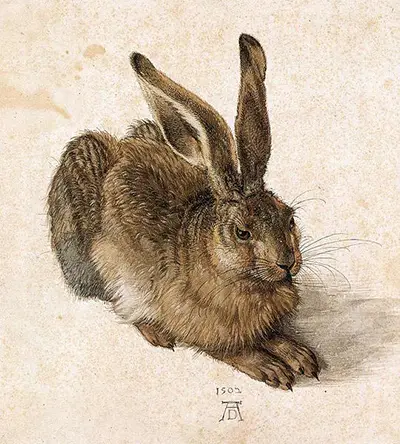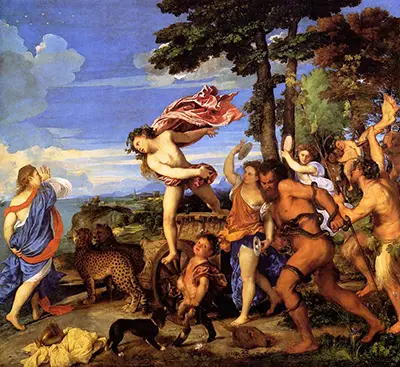The depiction of the Ascension of Christ appears often in Renaissance art and iconography. Dating from the early 1300s, Giotto di Bondone's Christ stays true to the traditional depiction of the son of God reaching towards the Heavens.
But unlike many artworks of a similar period, his Christ is a fully realised figure not merely a romanticised ideal. Considered to be one of the finest artists of his generation, Giotto is also often named as one of the founders of the Italian Renaissance. Painting in Florence during the Late Middle Ages, Giotto di Bondone was discovered it is said by another great Florentine painter, Cimabue, who stumbled upon the young Giotto when he was just a farm boy. It is said that Giotto assisted his mentor Cimabue with many larger frescos, such as those in the Basilica of Saint Francis of Assisi, which is where he learnt much of his techniques and craft.
But unlike his mentor, Giotto's paintings do not follow the usual Byzantine style and instead embrace realism, breathing life into religious icons and making them three dimensional beings. Indeed, in The Ascension, it is almost as if Christ's hands are piercing through the fresco up to the Heavens. Some scholars even believe that it was Giotti's frescos that inspired many of Michelangelo's works. Giotto's The Ascension is laid out like a stage production, with angels watching from below along with the Virgin Mary and eleven Apostles. Judas's place as the twelfth Apostle is omitted as he has already taken his own life by this point in the text. The turbulent blue background gives the painting a feeling of naturalism and greater depth. It draws the viewer in and captures the movement of the scene.
As blue was an expensive pigment at the time, Giotto also uses this liberally to paint The Virgin Mary, appropriate given her status in the scene. The overall effect of the fresco is both sumptuously rich and delicately fragile at the same time. Usually, when painting frescos, Giotto would work whilst the plaster was still wet. However, The Ascension was painted on dry plaster. Whilst this adds to the vibrancy of the colours it has meant that over time the fresco has deteriorated to a certain extent as dry painted frescos are much more fragile than those painted when wet. The full title of the painting is No 38 Scenes from the Life of Christ - The Ascension. It is part of a greater body of works by Giotto and appears between his depictions of The Resurrection of Christ and Pentecost. The cycle of frescos can still be seen today in the Scrovegni Chapel in Padua.
More Renaissance Artists




 Giotto.jpg)
 Giotto.jpg)
